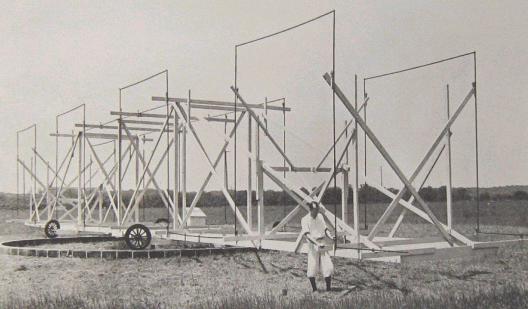There is a going to be a pause now, a break in spacewordgame. Depending on a host of factors, it may resume shortly, or not.
Thanks!
A fun way to get up to speed on space jargon, by proposing better meanings for exciting-sounding words from way way up beyond the atmosphere. There are many fabulous words used in the space business every day -- bring them into your workplace with you, fresh with new meanings, and impress your co-workers. With a nod to Douglas Adams and John Lloyd who did something much more powerful for placenames, this was inspired by The Snowball Herminator, who takes all credit and no responsibility.
| http://www.astronautix.com/craft/blo1s861.htm |
 |
| Reseau grid crosshairs just visible in the famous Aldrin shot |
 |
| Cluster |
 |
| NGC4261 Artist's Impression |
| Rocket nozzle |
 |
| Artist image of solar wind interacting with Earth's magnetosphere |
 |
| Flame Nebula and Horsehead Nebula in Orion |
| Spacecraft speed with spikes at each planet caused by swingby (note how the Jupiter swingby gave Voyager2 enough speed to escape the gravity of the Sun!) |
 |
| Fritz Zwicky (from Wikipedia) |
 |
| Jansky's Rotating Antenna (source linked below) |